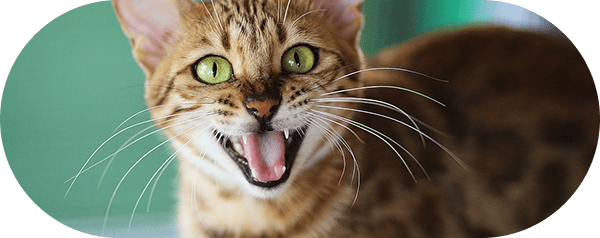Dental disease is very common in both dogs and cats and can be a major cause of discomfort if left untreated, which is why all our surgeries have dental suites.
A typical dental procedure will be a 90-minute surgical procedure involving oral examination under general anaesthesia, dental x-rays, extraction of teeth as needed and descaling and polishing the healthy teeth. Minor surgical procedures such as the removal of gum growths (epuli) may also be performed.
It's often difficult to know how much dental work is needed until the pet's mouth is examined under anaesthetic. We charge a fixed price for dentistry meaning regardless of how many x-rays we take, or teeth we extract you pay the same – so you won’t find your pet is under anaesthetic and being asked to pay an unexpected bill
Early signs of dental problems
Regularly check your pet’s mouth for signs of gum inflammation (gingivitis), like redness along the gum line or visible tartar. Watch out for other signals such as pawing at the mouth, bad breath, or a change in eating habits.
Let's keep those paws and mouths healthy.


